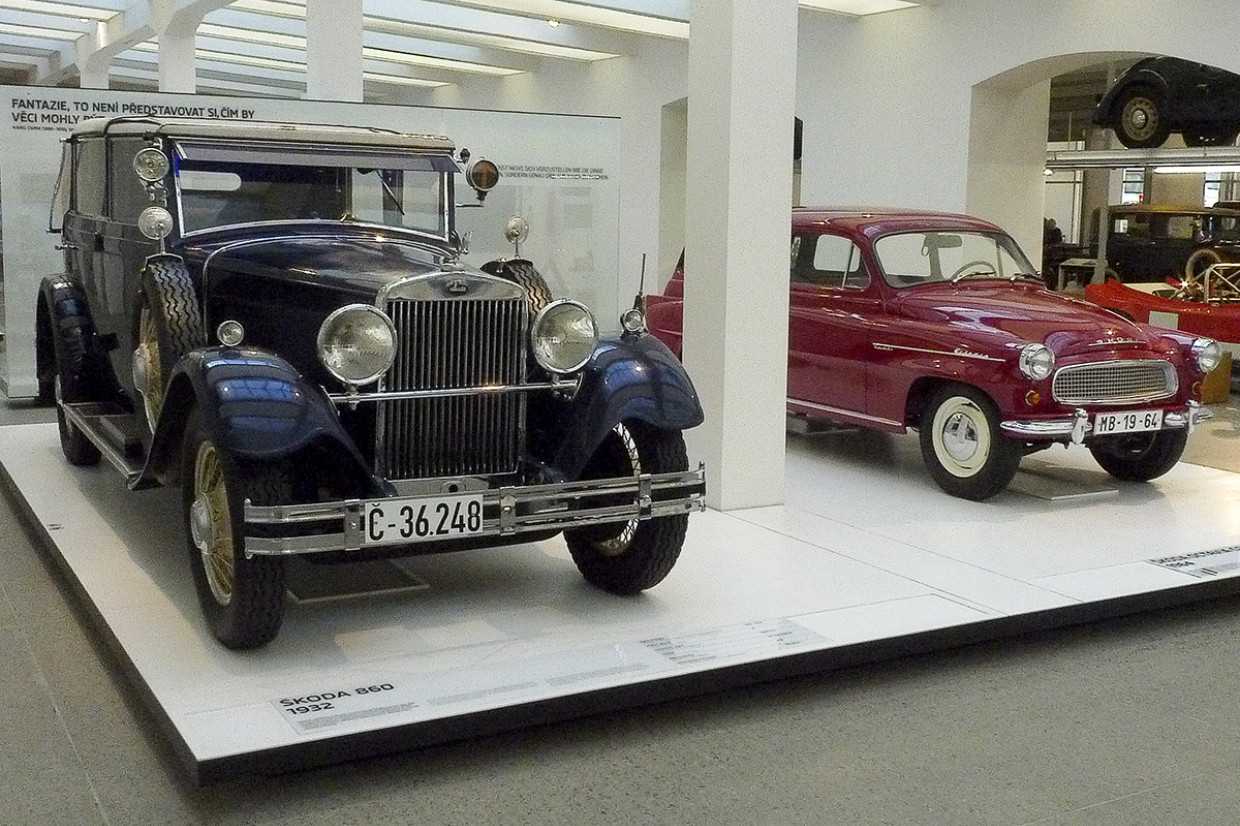
Situated just 30 minutes outside the city of Prague, Skoda’s Factory Museum is the focal point of the town of Mlada Bolesav – and with good reason. Once the manufacturer’s assembly plant, the newly refurbished building is a hidden gem charting the firm’s fascinating history from 1895 to the present day. The incredible collection of classics highlights not only Skoda’s ability to endure, at times, a less than enviable reputation, but also its resilience to political adversity.

The classic that greets visitors changes on a weekly basis
Divided into three main groups, part of which is stacked over four levels, the museum houses a stunning collection of vehicles, ranging from founders Vaclav Laurin and Vaclav Klement’s earliest voiturettes and first four-wheeled car through to the luxurious models of the 1920s and 1930s and beyond.

The 125L was one of the last cars to roll out of the Mlada Bolesav plant














